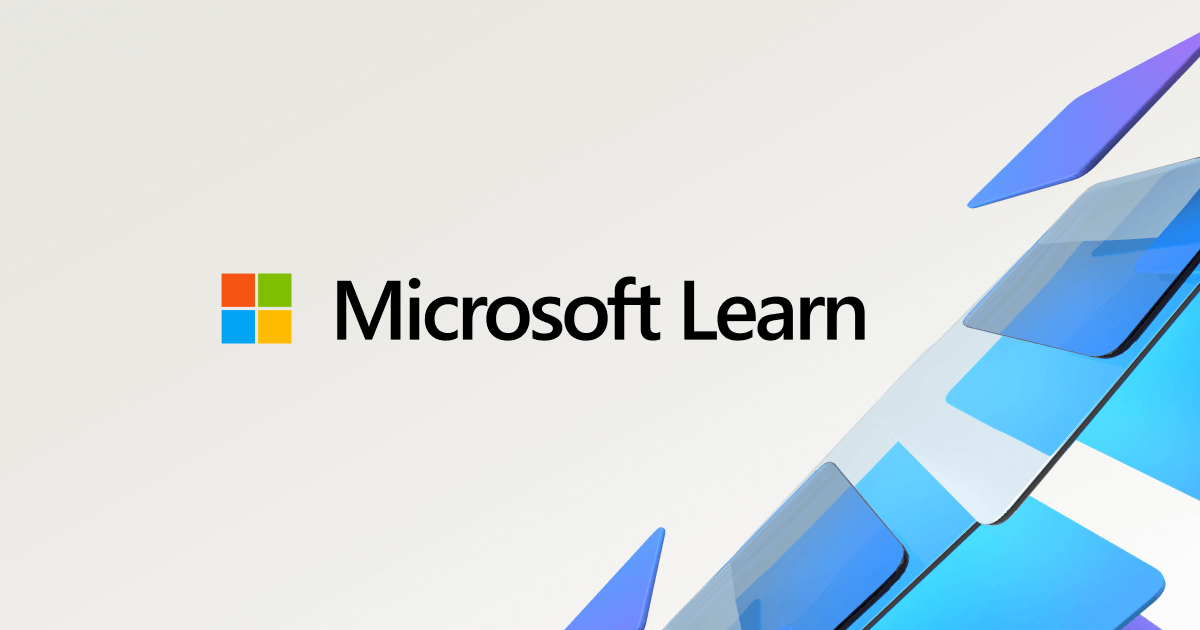In a few days I am (probably) going to be using Remote Desktop across a very limited bandwidth connection. I assume (and hope!) RDP does not send much data for an unchanging desktop but I have no idea how it handles a constantly changing display. I will be running a process that displays a window with continuously scrolling data - similar to Robocopy copying hundreds of small files. I will usually have this window minimized or hidden but will occasionally need to watch it. What will RDP do when that window is visible?
- Will it queue and (eventually) send all the data?
- Will it take occasional snapshots based the connection speed?
- Will it send scrambled garbage for that part of the desktop until the scrolling stops?
- Will it crash trying to handle too much data?
- Will it do something else I haven't thought of?
- Windows Build/Version
- 23H2 build 22631.4037
My Computer
System One
-
- OS
- Windows 11
- Computer type
- PC/Desktop
- Manufacturer/Model
- Microsoft
- CPU
- Intel Core i5-8400
- Motherboard
- ASUS PRIME H370-PLUS
- Memory
- 16GB
- Graphics Card(s)
- Intel UHD Graphics 630
- Sound Card
- On board
- Monitor(s) Displays
- Samsung SyncMaster 2043BWX
- Screen Resolution
- 1680 x 1050
- Hard Drives
- Samsung SSD 850 256GB
WDC 1TB NVMe
WD 3TB external USB drive
- PSU
- I don't remember
- Case
- Corsair something-or-other
- Cooling
- Air CPU + 2 case fans
- Keyboard
- DAS S Pro (Cherry Brown)
- Mouse
- Logitech USB of some sort








